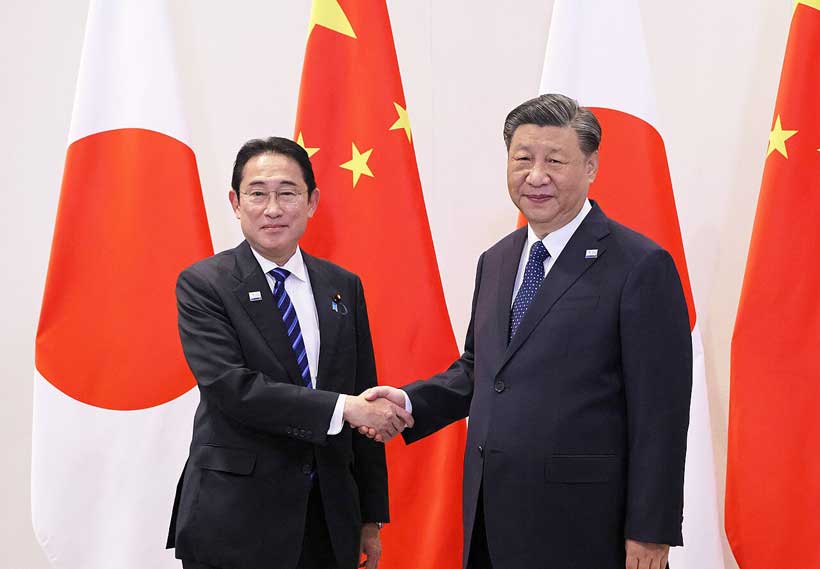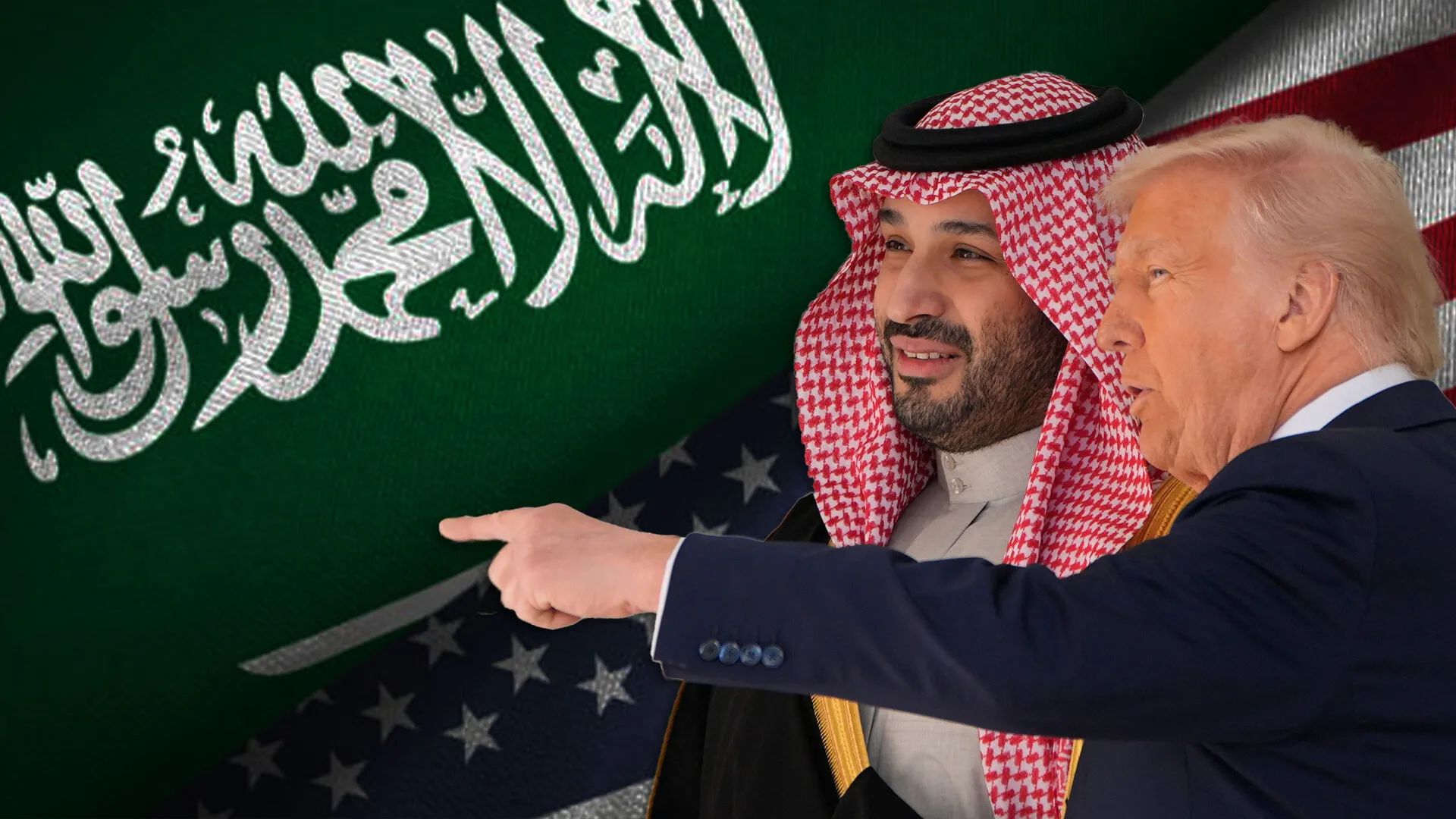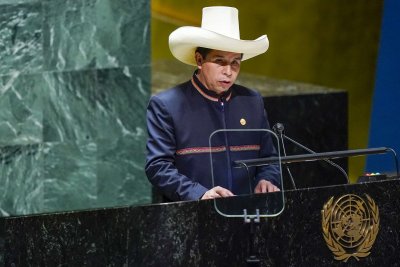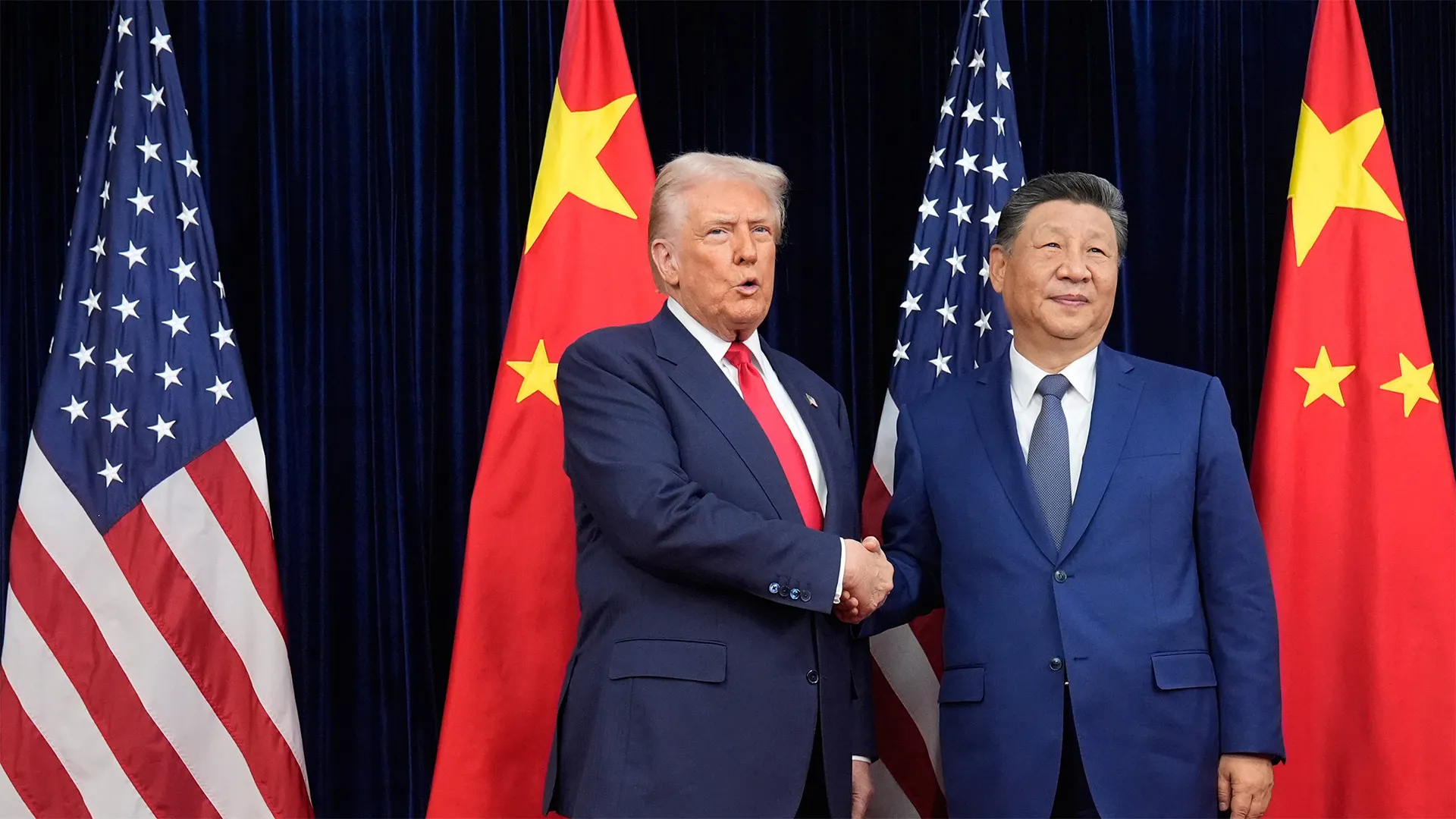From Partners to Rivals: Why China-Japan Relations Are Spiraling
Japan and China are in their most dangerous diplomatic crisis in years as escalating tensions over Taiwan have cancelled earlier hopes of post-pandemic improvement. After COVID-19 restrictions were mostly lifted by 2023, relations between Beijing and Tokyo seemed to slowly improve. However, by late 2025 a series of disputes especially over the so-called “Taiwan Question” have severely deteriorated into their lowest point in years.
The high-stakes diplomatic visit at the October 2025 APEC summit, where Prime Minister Sanae Takaichi immediately followed a stable-ties agreement with President Xi Jinping by meeting Taiwanese officials, only escalated tensions.
Escalation Through Diplomatic and Military Incidents
Sanae Takaichi, declared on November 7, 2025 during a cabinet meeting, that a Chinese attack on Taiwan could justify Japan using military force in the area. China quickly reacted. China’s U.N. ambassador Fu Cong accused Japan of violating international law warning the country of its “self-defense”. Raising such an issue all the way to the United Nations is a rare move we don’t often see in global geopolitics.
In mid-November 2025 China’s coast guard sailed through waters around the Senkaku/Diaoyu islands (islands which are administered by Japan but claimed by China) on patrol and Japanese Coast Guard vessels sent in response. Japan also sent out fighter jets, and even announced plans to deploy Japanese missiles on Yonaguni island (just 110 km from Taiwan) as a deterring measure.
China also announced travel advisories urging its citizens to avoid Japan, with large numbers of airlines offering ticket refunds. Meanwhile, Japanese officials warned their nationals in China to be cautious amid a rise in hostilities. Chinese authorities abruptly canceled planned concerts by Japanese bands, and state media halted screening of new Japanese films.
The Roots of Tensions: History, the U.S. and Taiwan
The island of Taiwan is an indispensably strategic asset for both countries: for China, Taiwan is the core of its national unity; for Japan the security of a separate and democratic Taiwan is now explicitly seen in Tokyo as linked to Japan’s own defense.
Japan’s long-standing policy of strategic ambiguity on the Taiwan Question, similar to the one upheld by the United States, has been abandoned by P.M. Takaichi. Authorities in Taipei have publicly supported Japan, urging China to show restraint and highlighting how an invasion would draw in allies including Japan and the U.S. .
Invoking Japan’s World War II era atrocities, China claims moral high ground or justify its own territorial aims. For example, Chinese official statements have reminded audiences of Tokyo’s past warcrimes in the region when attacking Japanese policies in the present. Japanese politicians (especially ones from the ruling Liberal Democratic Party) have grown hawkish to these types of statements, any incident easily tying into nationalist sentiment on both sides.
Rapidly expanding its defense capabilities the Japanese 2025 Defense White Paper explicitly names China as its “greatest strategic challenge” and commits to raising defense spending to 2% of GDP by 2026. New submarine fleets and the potential deployment of medium-range missiles on islands like Yonaguni, have developed into a broader security problem. This means that any Chinese blockade or attack on Taiwan would encircle Japan’s supply lines. Therefore to Japan’s leaders, Taiwan’s fate is inseparable from their own national survival. China in turn, claims an eventual military approach to Taiwan as inevitable by 2027.
Economic Dimensions in East Asia
China and Japan remain among each other’s largest economic partners even amid the confrontation. In 2024 China was still Japan’s second-biggest export market (after the US), with roughly $125 billion of Japanese goods sent there, mainly machinery and automobiles. This has been leveraged as a geopolitical tool. China’s Commerce Ministry now warns that Takaichi’s comments have “fundamentally undermined” the political foundation of economic ties.
After the Fukushima nuclear wastewater release in 2023, China imposed a blanket ban on all Japanese seafood imports. (Japan has pointed out that the UN’s nuclear agency found the discharge safe.) In mid-November 2025 China reinstated these seafood bans.
In another economic sector, Chinese tourists make up about a fourth of all visitors to Japan. Japanese travel agencies organising group tours told Reuters they lost ~80% of their remaining bookings for 2025.
U.S. Security and International Alliance Dynamics
U.S. Ambassador to Japan George Glass offered guarantees for its ally if China will militarily intervene and The State Department similarly declared its full support for Japan, explicitly opposing any unilateral attempts to alter the status-quo in the Taiwan Strait or East China Sea. U.S. President Donald Trump has so far avoided endorsing Takaichi’s statements, at least publicly.
China often accuses Japan of following the U.S. strategy of containment and have opposed Japan’s involvement in The Quadrilateral Security Dialogue (QUAD) and its new defense pacts, such as with Australia, and more recently the Philippines. In contrast, Indonesia, Malaysia and others aim for neutrality.
Analysts suggest that China unusually strong criticism may reflect a strategic calculation, a hope that Prime Minister Takaichi’s term will be short-lived, just as the short tenures of other post-Abe premiers. For China, such a political victory could be a great geopolitical win in promoting its view on the Taiwan Question.
With information from Reuters, The Diplomat and South China Morning Post.









